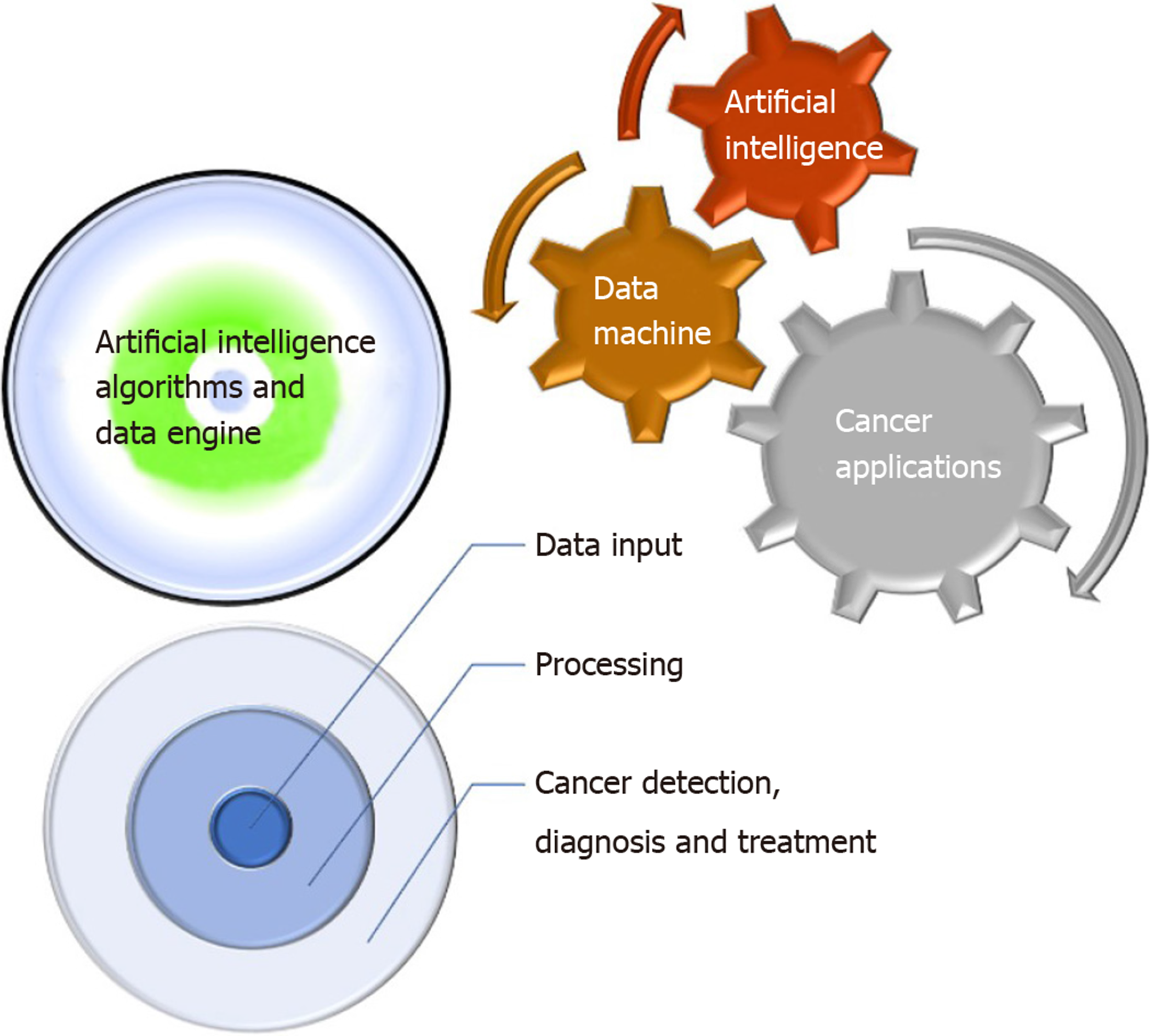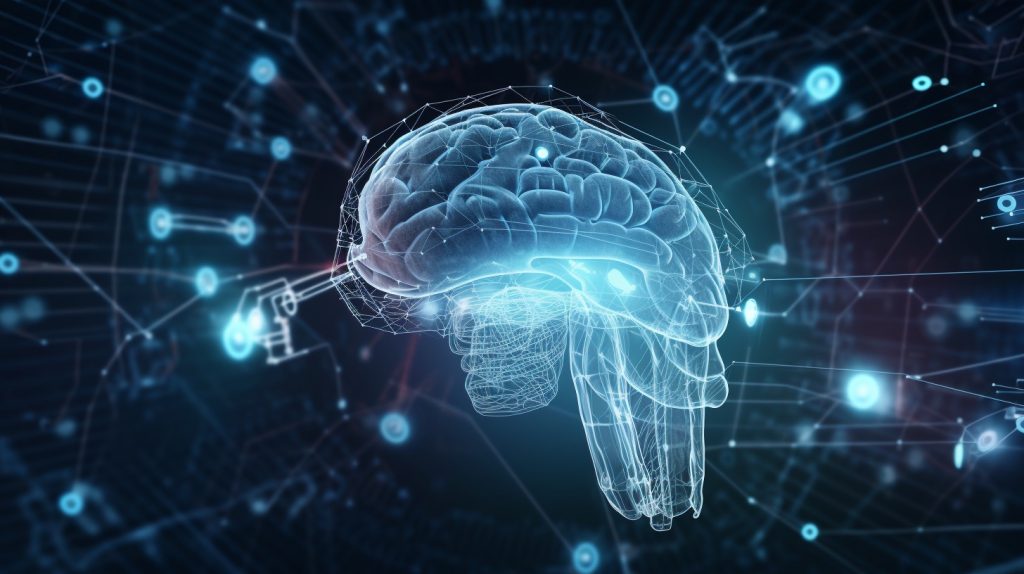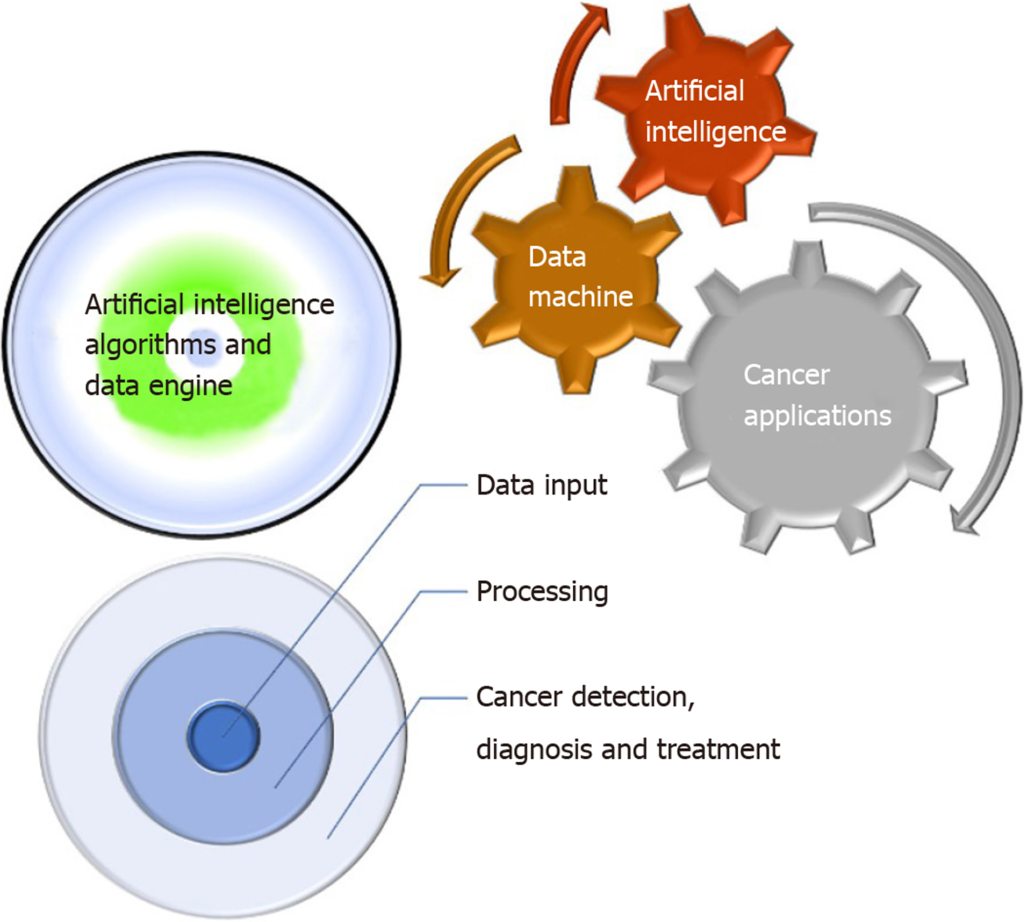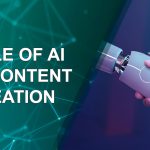The Revolutionary Impact of AI on Early Disease Detection: Saving Lives and Transforming Medicine

The medical field is going through a significant transformation with the advent of Artificial Intelligence (AI). Among the numerous applications of AI in healthcare, early disease detection stands out as one of the most promising areas. AI-powered technologies are being employed to identify diseases at their early stages, long before symptoms manifest, enabling timely interventions and improving treatment outcomes.
In this article, we will delve into the impact of AI on early disease detection, exploring the current state of AI in medicine, its applications, and the benefits it offers. We will also discuss the challenges and future directions of AI in healthcare, highlighting the need for a multidisciplinary approach to harness the full potential of this revolutionary technology.
The Rise of AI in Medicine
The integration of AI in medicine has gained significant momentum over the past decade. AI algorithms, machine learning models, and deep learning techniques are being applied to various aspects of healthcare, including disease diagnosis, treatment, and management. The primary advantage of AI in medicine lies in its ability to analyze large datasets, identify patterns, and make predictions at an unprecedented scale and speed.
AI-powered Medical Imaging
Medical imaging has always been a crucial component of disease diagnosis. AI algorithms can analyze medical images, such as X-rays, CT scans, and MRIs, to identify abnormalities and detect diseases at an early stage. For instance, AI-powered algorithms have been shown to detect breast cancer from mammography images with high accuracy, outperforming human radiologists in some cases (Jayasinghe et al., 2020).
Applications of AI in Early Disease Detection
The applications of AI in early disease detection are diverse and steadily growing. Some of the notable examples include:
- Predicting Cancer Relapse: AI algorithms can analyze clinical data, genetic information, and other factors to predict cancer relapse, enabling healthcare professionals to tailor treatment plans and improve patient outcomes (Li et al., 2020).
- Identifying Cardiovascular Disease: AI-powered algorithms can analyze electrocardiogram (ECG) data to detect subtle changes that indicate cardiovascular disease, allowing for early interventions and reducing the risk of heart attacks and strokes (Lee et al., 2019).
- Monitoring Chronic Diseases: AI can analyze data from wearable devices, mobile apps, and electronic health records to monitor chronic diseases, such as diabetes and hypertension, and adjust treatment plans accordingly (Kuo et al., 2020).
Benefits of AI in Early Disease Detection
The integration of AI in early disease detection offers numerous benefits, including:
- Improved Patient Outcomes: AI-powered technologies can identify diseases at their early stages, enabling timely interventions and improving treatment outcomes.
- Reduced Healthcare Costs: Early disease detection can reduce healthcare costs associated with prolonged treatments, hospitalizations, and comorbidities.
- Enhanced Personalized Medicine: AI can analyze individual genetic profiles, medical histories, and lifestyle factors to tailor treatment plans and improve patient outcomes.

Challenges and Future Directions
While AI has the potential to revolutionize early disease detection, several challenges need to be addressed:
- Data Quality and Availability: AI algorithms require high-quality and comprehensive data to make accurate predictions. However, data quality and availability are significant concerns in healthcare.
- Interpretability and Transparency: AI models should be interpretable and transparent, enabling healthcare professionals to understand the reasoning behind predictions and decisions.
- Regulatory Frameworks: Regulatory frameworks need to be established to ensure the safe and effective use of AI in healthcare.
To overcome these challenges, a multidisciplinary approach is essential, involving clinicians, researchers, AI experts, and policymakers. Collaboration and knowledge-sharing between experts from various fields will be crucial to developing AI-powered solutions that benefit patients and the medical community.
Taking Action: Harnessing the Potential of AI in Early Disease Detection
The impact of AI on early disease detection has been transformative, and its potential is vast. However, to realize the full benefits of AI in healthcare, we must address the challenges and future directions outlined above. Here are some actionable steps:
- Stay Informed: Stay up-to-date with the latest developments in AI and medicine, including research studies, clinical trials, and regulatory updates.
- Advocate for AI-powered Healthcare: Support healthcare organizations and policy initiatives that promote the adoption of AI in healthcare.
- Participate in Multidisciplinary Research: Collaborate with clinicians, researchers, and AI experts to develop and refine AI-powered solutions for early disease detection.
Share This Article with Others
We hope this article has provided you with a comprehensive understanding of the impact of AI on early disease detection. The integration of AI in healthcare has the potential to save lives and transform medicine. We encourage you to share this article with others, inspiring a global conversation about the future of healthcare and the role of AI in early disease detection. Together, we can harness the power of AI to create a healthier future for all.
References
Jayasinghe, R. S., et al. (2020). Artificial intelligence for breast cancer detection: A systematic review. Journal of Medical Imaging, 7(2), 022407.
Lee, S., et al. (2019). Deep learning for electrocardiogram analysis: A systematic review. Computational and Mathematical Methods in Medicine, 2019, 1-10.
Li, M. Z., et al. (2020). Artificial intelligence in cancer diagnosis and treatment: A review. Journal of Clinical and Diagnostic Research, 14(9), OE01-OE05.
Kuo, C. H., et al. (2020). Wearable technology and mobile apps for managing chronic diseases: A review. Journal of Medical Systems, 44(1), 35.

